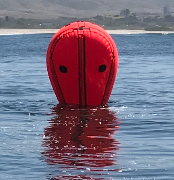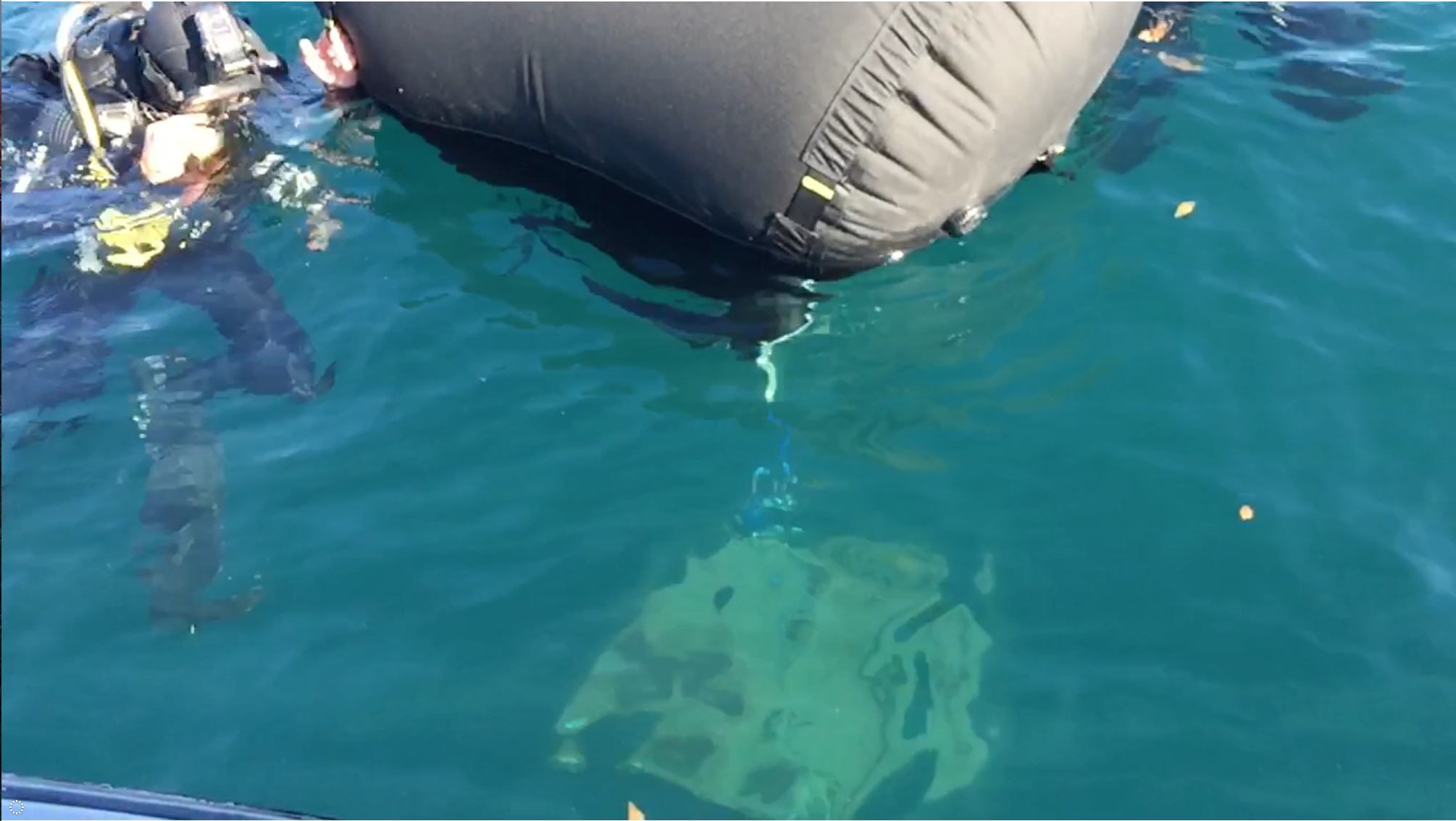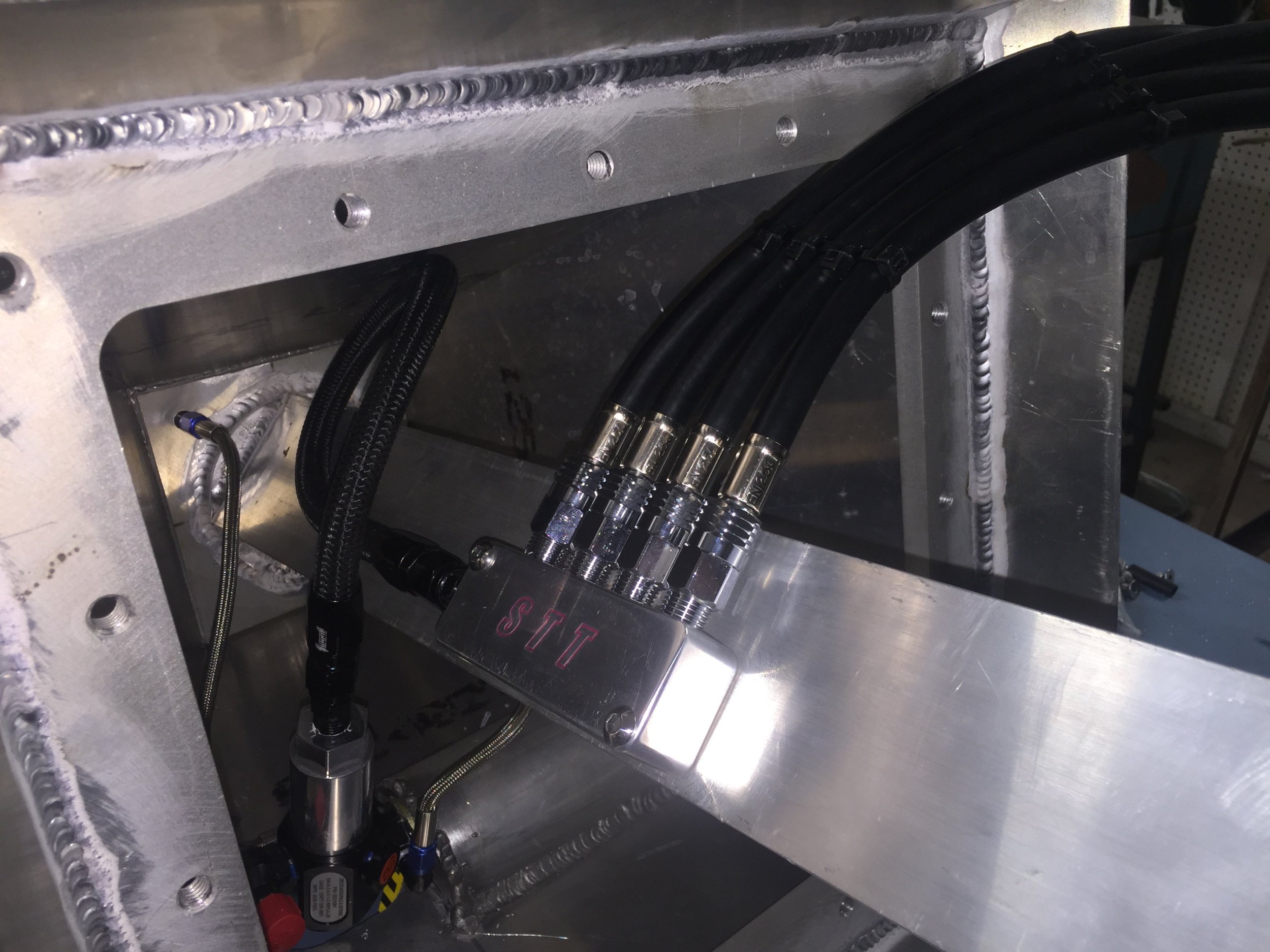
Combat, Recovery, Neutralization and Exploitation
(CRNE-Legacy)
The original STT balloon this system was built to answer the specific requirement document, and little thought had gone into expanding the capability, or building a more expeditionary version someday. They just needed something better than what they had, and it was a critical deficiency. The design theory was, “You can carry small loads in a big dump truck, why buy a little dump truck?”
Once fielded, we realized that a max weight lift, max depth was a very rare occurrence and that the requirement existed as a contingency. Regardless, the modularity of the original CRNE allowed it to be much lighter than what it replaced, much more compact, easier to tow, easier to reset and PMS… but still left a lot of room for improvement on the table.
This system informed us greatly on what the needs of the operator were, what they were looking for all the way at the pointy end of the spear. We got to get in front of them and hear their input. We took notes. We flexed, and modified the system immediately based on real world challenges. After some teething pains, we gave them exactly what they needed.
It was a huge step in the right direction. It pioneered the internal air system, the armored chassis, the modular payload and the deployment bag concept. It also showed us that the legacy inflation valve was the weakest link, and that PMS is a critical element of the system’s success. It validated our trajectory.
Built to support the requirement and replace the aging “MK2” system in all of its variants, the original CRNE has done its job. We exceeded all the requirement primary criteria from capacity to weights and packed specifications, but learned that merely exceeding the requirement in all aspects wasn’t going to be enough.
This system has been superseded by the CRNE MK2, which is superior in every way. More modular, lighter, more packable, greater gross lift capacity, greater surface buoyancy, more durable, better air system, better valve and even slightly less expensive.
Click on the links to find manuals, PMS cards and Quick Start guides for the system.
Prototype Testing with 1000# anchor shape
First dive with the system, manual actuation from a little over 100’ seawater and a moored mine base. We want to get some video of a towed capture, but the reality of having a diver in the water to catch it is a little shady.
First lift reaction from Jason
No additional caption needed.
















